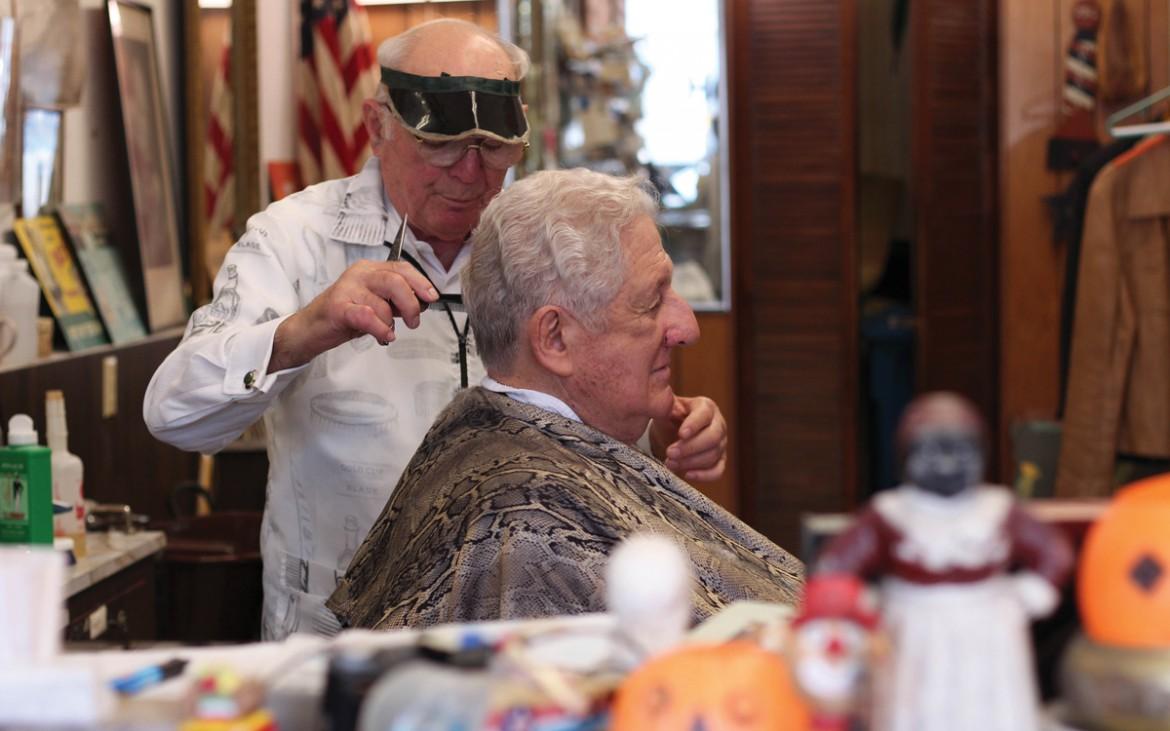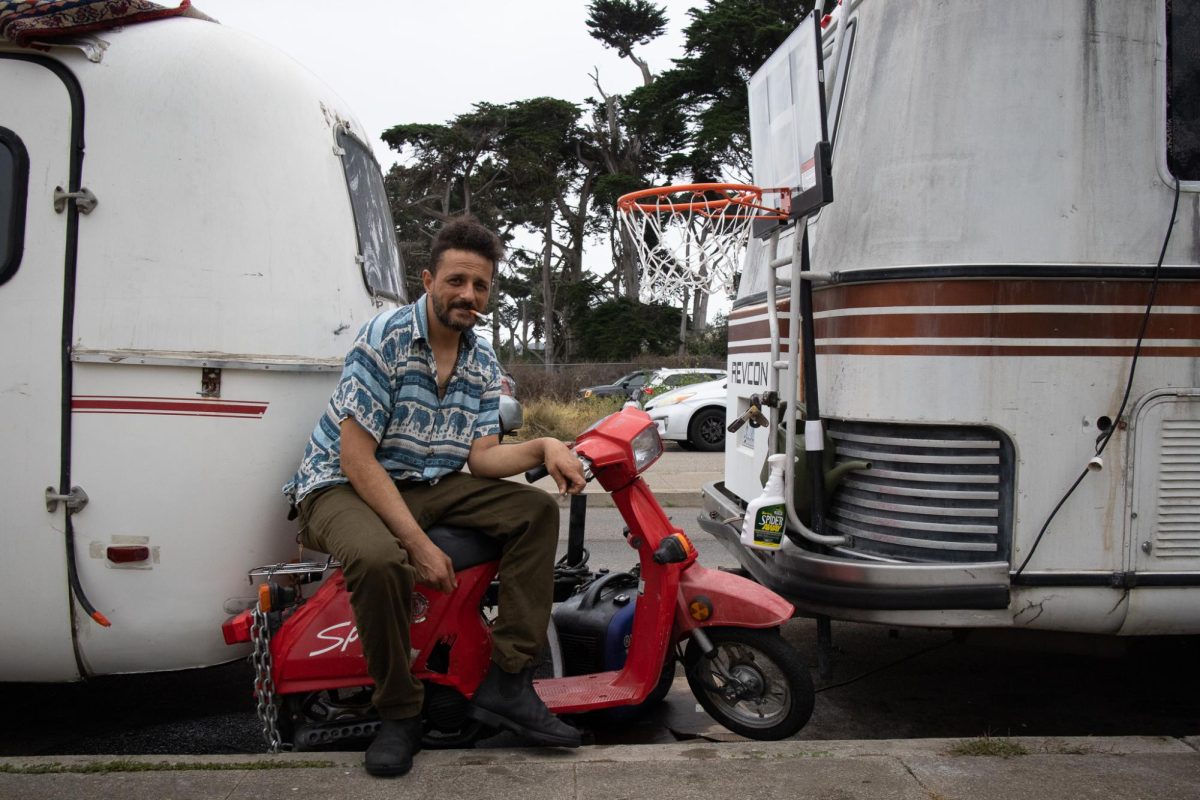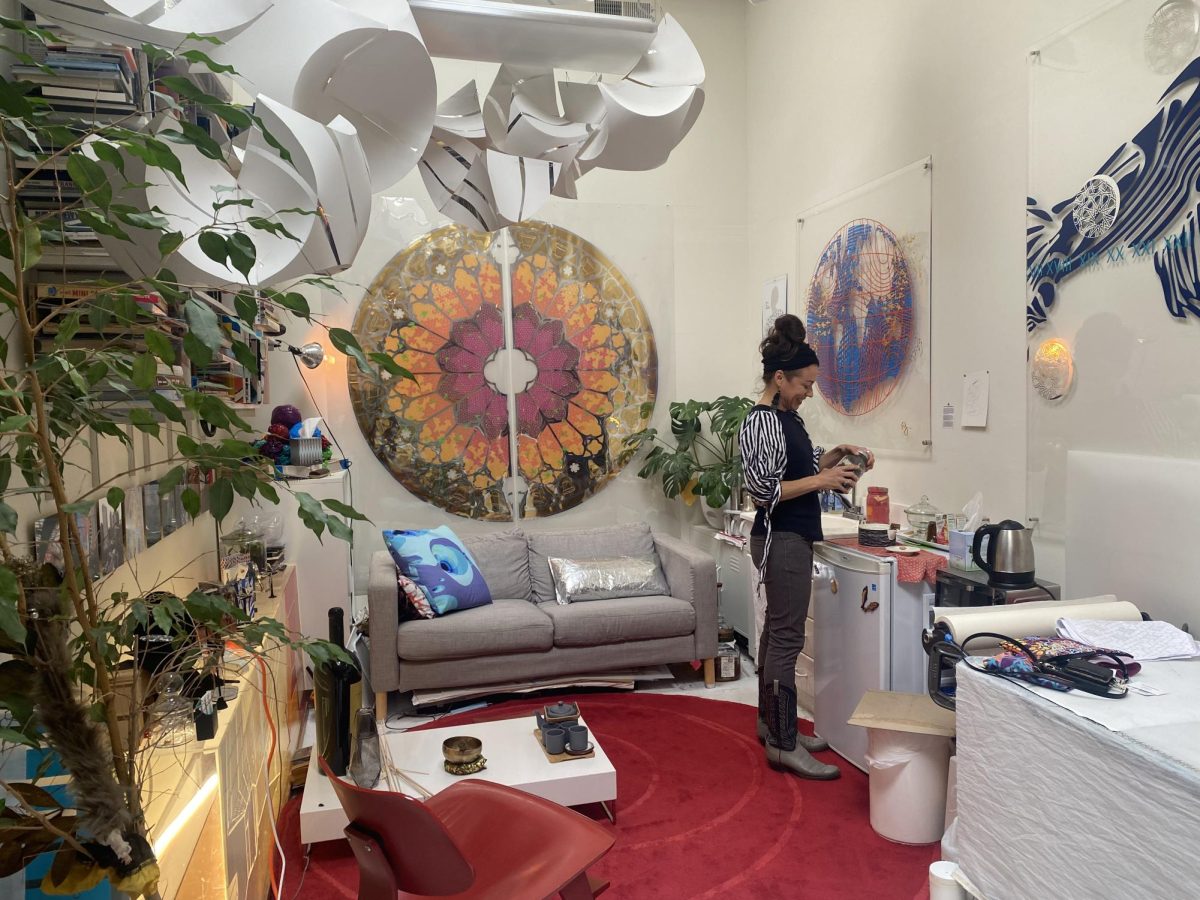Photographs and story by Alex Kofman
Coffee shops, bars and restaurants are typically places people have in mind when considering where to meet their friends. They want a place where they can all come together to catch up, share a few stories, and spill the latest gossip. The barbershop, just like these other institutions has served as a communal gathering spot for decades, especially for ethnic communities who historically turned to the barbershop as a place to collectively converse.Two barbershops in particular, Chicago’s and Sperow Hair Gallery, have maintained their own unique styles over the years and continue to be popular amongst barbershop enthusiasts.
Chicago’s barbershop, originally a sister of a three-shop franchise that began in the 40’s, is located in the Western Addition. Although Chicago’s has been around much longer than a majority of San Francisco barbershops, the barbers working there take a more new school approach to cutting hair and keep up with the trends that are constantly changing. 26-year-old Eshawn Scranton, a barber from Chicago’s, has been cutting hair for four years and has witnessed a huge transformation in not only haircut styles but barbershop culture.
[widgetkit id=12854]
“When I was in Barber College, shorter hairstyles were in style,” Scranton said. “It was really cool to have a dark Caesar, or a taper or a bald fade and then the longer hairstyles came into effect so I had to learn a lot about the different textures of hair and how to do a lot of styling like comb overs and switchbacks and pompadours so there was a lot that had changed from when I first got into the barber game. I would also say there was a change in the industry. It’s a lot trendier now.”
In the Outer Sunset District is Sperow Hair Gallery, first opened in 1973 by owner and barber of 45 years, Anthony “Tony” James Sperow. When walking through the front door of Sperow Hair Gallery, your eyes are greeted by a mishmash of vintage collectibles. Walls of posters, photos of Sperow and his clients, stacks of marvel comic books from the 60’s and a large wooden cabinet full of odds and ends collected over the years fill the space. Although his barbershop only has one chair, it is almost always filled by a client from the time he opens shop until closing. Sperow is not your average barber. At 84 years old, he has seen the evolution of the barbershop and barbershop culture over the years, but continues to cut hair the same way he did back in 1951. Tony’s “old school” approach to cutting hair differs greatly from the styles of more “up to date” shops. He likes to keep his hair cuts simple, but appreciates the trends that other barbers are implementing.
“There’s a lot of different barbers, there’s a lot of classic barbers. These new barbers today, they cut beautiful hair, they cut a lot of lines in your hair, they put X’s and O’s, they put their names in it, and I just give a good old fashion hair cut.,” Sperow said.
Although Sperow and Scranton’s styles of cutting hair differ from each other, they both view the barbershop in the same light; as a community and haven for people to gather and enjoy each other’s conversation and presence without the disturbance of the outside world.
“Being a barber means salvation to me,” Sperow said. “Meeting and talking to people is the most satisfying thing about being a barber.”













